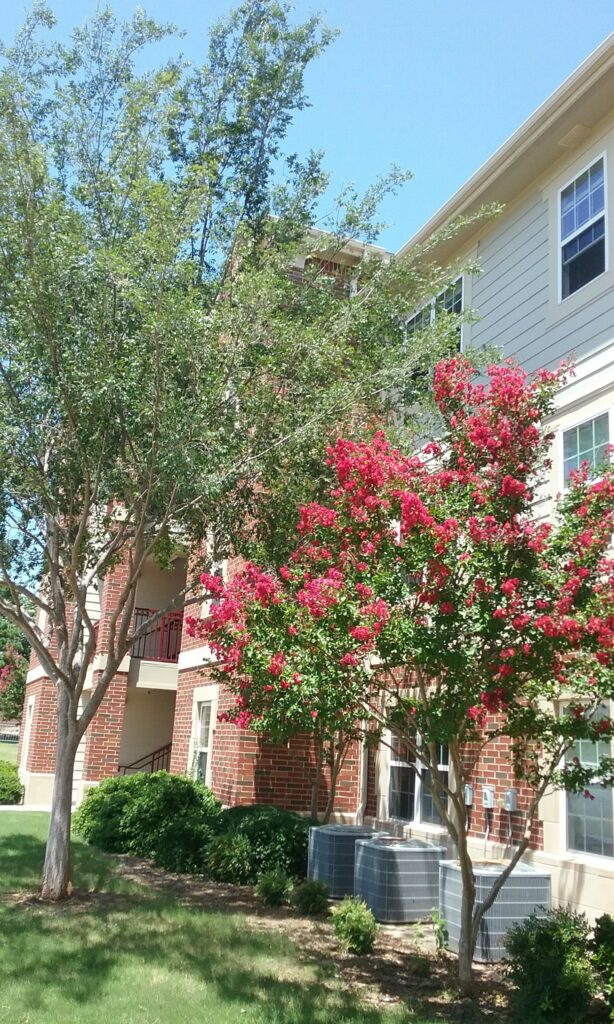This is my last blog post and I cannot miss the place that has been the most meaningful to me during my time in college, and perhaps during my life.

When I first came to college I knew no one. The first weekend in Norman some friends in the community I would soon be a part of welcomed me and one, who quickly became my first friend at OU, invited me over to his apartment for lunch on Sunday, the day before classes began. His apartment was in building G of Traditions East. His girlfriend and her friend’s apartment was right above his. But the apartment that would become the most important to me was at the other end of the building. I did not really know any of those residents yet. I had been introduced to a few of them, but that was it. A week later we discovered that one of those residents was in my English class. Another was the leader of my small group. As the semester went on I got to know these two well, through studying some great English literature and through studying the Bible. Soon enough I came over to their apartment to study English. Then I began to come over occasionally to socialize, and got to know the other residents.

As a few of us freshmen were coming more often to hang out at that apartment, the residents one day decided – let’s have an open-door policy! For the rest of that year I half-lived in that apartment. I grew to be friends with others who came and others who lived there and we slowly built a group of friends that was remarkable not only for its closeness and kindness, but also for its openness and quickness in accepting new members. And there was the remarkable feature of a front door that remained open 24/7 – a gesture of hospitality well-backed by the residents’ quickness to provide space, friendship, food, and comfort to any in need.
Through this apartment I began to realize the importance of a space in building community. With a couple of others who had also benefited from that open apartment, I moved into Traditions East the next year – and got the apartment right next door! We were quick to also adopt an open-door policy, and our next-door double open apartment set up became a well known feature among all our friends and broader ministry community. I also put a lot of care into how I arranged the space: what furniture we had and where we put it, making spaces for people to socialize or for people to study or for people to hide and read. We who had been hosted so much the year before learned from how that apartment had benefited us and applied it in hosting others.
The next year I moved in to the apartment which had first opened its doors, as roommates shifted around. I had the chance to live for a year in the now well-known and established hosting apartment. Again, putting in work to make a welcoming atmosphere was where much of my effort went in arranging that space. Again and again we hosted social events, meetings, and anyone who just needed to be around a wholesome community.

I have since moved off-campus to a larger apartment, where we still have an open-door policy, though it is not quite the same. Looking back on my time in Traditions (whether visiting or living), one of the things that impresses me most is how much happens in little, generic spaces. I worked at the Traditions apartment complex for a long time, and I have seen a lot of identical apartment spaces. Some are nice, many are fine, and some are quite repulsive. This would have appeared as an average fine or nice apartment (depending on the day); but any time spent in it would make it clear that it was no carelessly maintained, neglected space. So much of the character of a place is determined by what goes on in it, and how much people put into it. We took an average apartment and made it an excellent spot. We found a use for every inch of space, showed plenty of attention to the provided furniture, decorated the ceilings and walls, and channeled the light and the views through the windows. As I observed in Cate Main, I also observe here – it’s really the little things about a space that make the biggest difference: those things which affect the intangible components in the experience of a space.
